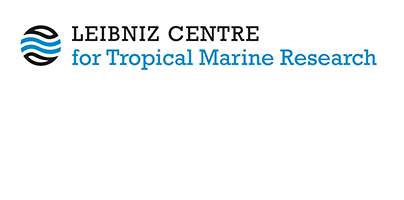A Confidence Scoring Procedure for eDNA Metabarcoding Records and Its Application to a Global Marine Fish Dataset.
Polanco F., Andrea, Rozanski, Romane, Marques, Virginie, Helmkampf, Martin  ORCID: https://orcid.org/0000-0003-1995-9062, Mouillot, David, Manel, Stéphanie, Albouy, Camille, Puebla, Oscar
ORCID: https://orcid.org/0000-0003-1995-9062, Mouillot, David, Manel, Stéphanie, Albouy, Camille, Puebla, Oscar  ORCID: https://orcid.org/0000-0001-9700-5841 and Pellissier, Loïc
(2025)
A Confidence Scoring Procedure for eDNA Metabarcoding Records and Its Application to a Global Marine Fish Dataset.
Environmental DNA, 7
(2).
DOI https://doi.org/10.1002/edn3.70077.
ORCID: https://orcid.org/0000-0001-9700-5841 and Pellissier, Loïc
(2025)
A Confidence Scoring Procedure for eDNA Metabarcoding Records and Its Application to a Global Marine Fish Dataset.
Environmental DNA, 7
(2).
DOI https://doi.org/10.1002/edn3.70077.
|
Text
Environmental DNA - 2025 - Polanco F.pdf - Published Version Available under License Creative Commons: Attribution-Noncommercial 4.0. Download (1MB) |
Abstract
Environmental DNA (eDNA) metabarcoding is changing the way biodiversity is surveyed in many types of ecosystems. eDNA
surveys are now commonly performed and integrated into biodiversity monitoring programs and public databases. Although it
is widely recognized that eDNA records require interpretation in light of taxonomy and biogeography, there remains a range of
perceptions about how thoroughly records should be evaluated and which ones should be reported. Here, we present a modular
procedure, available as an R script, that uses a set of five steps to assess the confidence of species-level eDNA records by assigning
them a score from 0 to 5. This procedure includes evaluations of the known geographic distribution of each taxon, the taxonomic
resolution of the marker used, the regional completeness of the reference database, the diversification rate, and the range map of
each taxon. We tested the procedure on a large-scale marine fish eDNA dataset (572 samples) covering 15 ecoregions worldwide,
from the poles to the tropics, using the teleo marker on the mitochondrial 12S ribosomal gene. Our analysis revealed broad varia-
tion in the average confidence score of eDNA records among regions, with the highest scores occurring along the European and
Eastern Atlantic coasts. Generalized linear models applied to record covariates highlighted the significant influences of latitude
and species richness on low confidence scores (< 2.5). The polar regions notably displayed high proportions of low confidence
scores, probably due to the limited completeness of the regional reference databases and the taxonomic resolution of the teleo
marker. We conclude that only records with high confidence scores (> 2.5) should be integrated into biodiversity databases. The
medium (2.5) to relatively low-confidence (< 2.5) records correspond to species that require further investigation and may be
integrated after inspection to ensure high-quality species records
| Document Type: | Article |
|---|---|
| Programme Area: | PA1 |
| Research affiliation: | Ecology > Fish Ecology and Evolution |
| Refereed: | Yes |
| Open Access Journal?: | Yes |
| DOI: | https://doi.org/10.1002/edn3.70077 |
| ISSN: | 2637-4943 |
| Date Deposited: | 28 Mar 2025 12:59 |
| Last Modified: | 28 Mar 2025 13:35 |
| URI: | https://cris.leibniz-zmt.de/id/eprint/5641 |
Actions (login required)
 |
View Item |





 Tools
Tools Tools
Tools